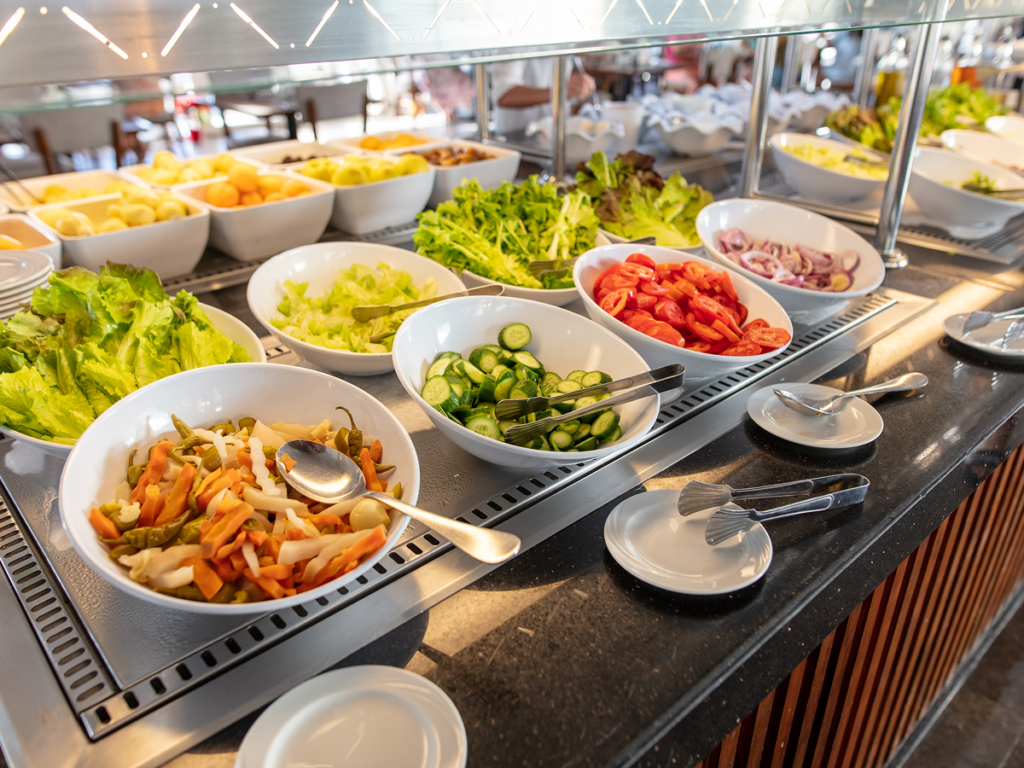Students are worried about affordable meals. You need to respond.
It’s no secret that the economy is uncertain and in upheaval right now, or that this uncertainty is hitting college and university students. What you may not know is that students have struggled economically even before this year – and that the affordability of food specifically has long been a problem on campuses.
This has been borne out across multiple studies and surveys:
- Washington University in St. Louis found that 75% of students would like to dine more on-campus, but can’t due to affordability concerns (1).
- A survey from Inside Higher Ed found that 21% of students nationwide said that making food more affordable would significantly improve their physical well-being (2).
- And current estimates put between 33% and 51% of students as food insecure, significantly higher than the general population (3).
Fortunately, organizations have options. They can use new technology to reduce prices by putting the savings from more efficiently sorting ingredients, reducing logistical burden, and easier menu and recipe design to help students.

Improve options with school menu software
A major expense for students is spending on takeout or outside food; on average, students spend $410 per month on non-campus dining options, excluding groceries (4). Viewing this as wasteful spending is a mistake, however, as students with specific dietary needs, religious restrictions, or in need of variety may have no choice but to rely on takeout and restaurants if their campus dining options aren’t meeting their needs.
School menu software can help rectify this issue by reducing reliance on outside food sources. Menu and recipe customization can allow operators to change their recipes, adjust their menus, add nutritional information, and take additional steps to improve variety and meet dietary needs.

Reduce back-office costs with school food service software
While reducing the need to rely on takeout is a good first step for increasing affordability, it’s not enough on its own. Organizations must also find ways to reduce prices where they can. This is a tricky balance to meet, however, for colleges and universities undergoing their own budget cuts; cafeterias can’t lose profitability.
Logistical management tools offer operators and food service management companies for schools ways to reduce operating costs, which could result in lowered prices for meals for students. Forecasting tools that analyze past purchases and recommend future orders can reduce unnecessary orders and save on more expensive purchases. Inventory controls that provide real-time information on what’s in stock can reduce waste. And keeping track of all of this information automatically means less valuable employee time is spent on doing this manually, further reducing operating costs.
How Culinary Digital can help
Culinary Digital has decades of experience across multiple industries, including K-12, higher education, healthcare, corrections, and more.
CulinarySuite, our cloud-based, fully customizable food-tech platform, will help you to improve efficiency, reduce costs, and delight customers. Features like Menu Management, Improved Recipe Management, Smart Forecasting, and Intelligent Inventory control all help to give students more options, meet dietary needs, and reduce costs through better sourcing and less manual effort.
Reach out now to learn how we can help you cut costs, improve operations, and give your customers the service they deserve.
1. https://www.studlife.com/news/2024/11/30/student-union-releases-dining-survey-report-administrators-share-potential-changes-to-food-options
2. https://data.generationlab.org/InsideHigherEd/AnnualSurvey.html#q11
3. https://www.insidehighered.com/news/student-success/health-wellness/2023/12/11/five-factors-causing-food-insecurity-among-college
4. https://educationdata.org/average-monthly-food-spend-college-student



